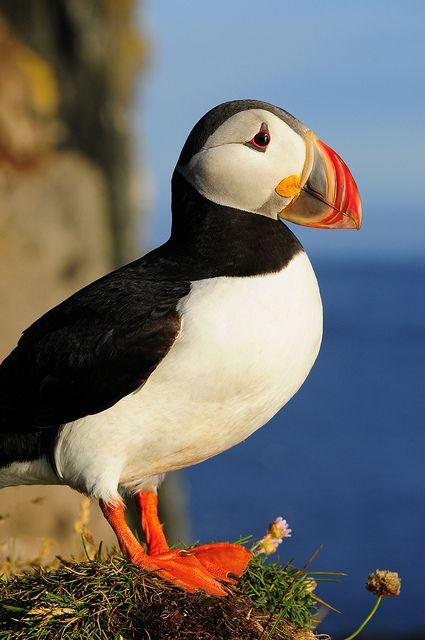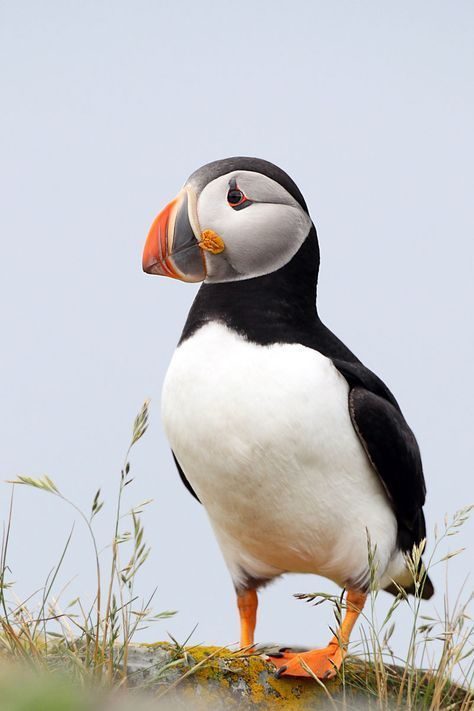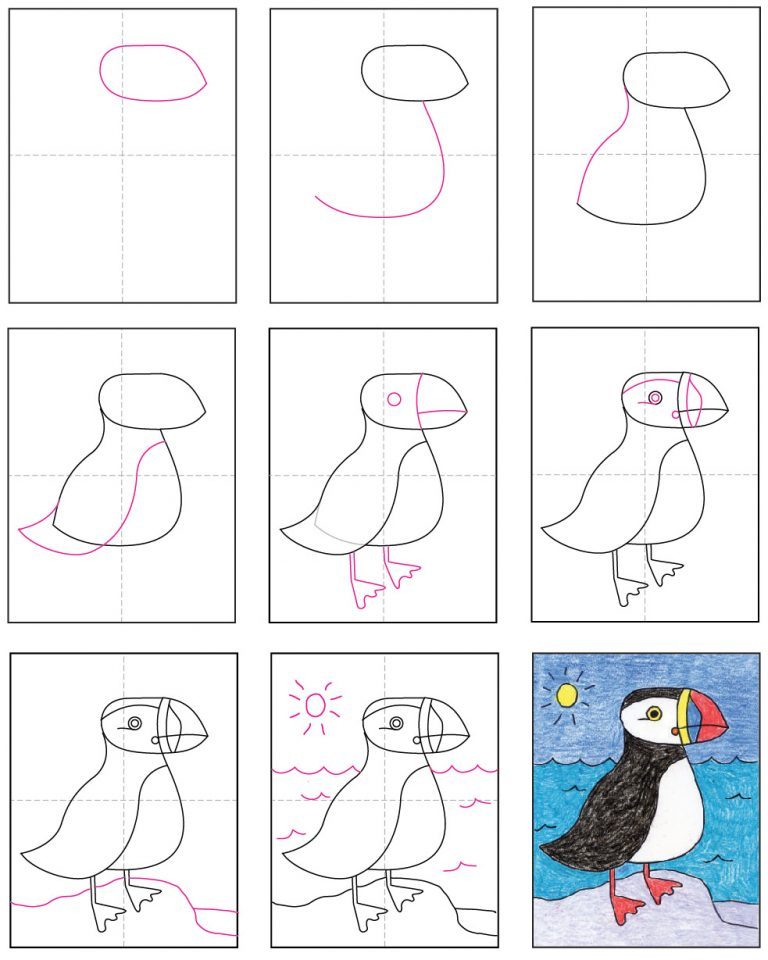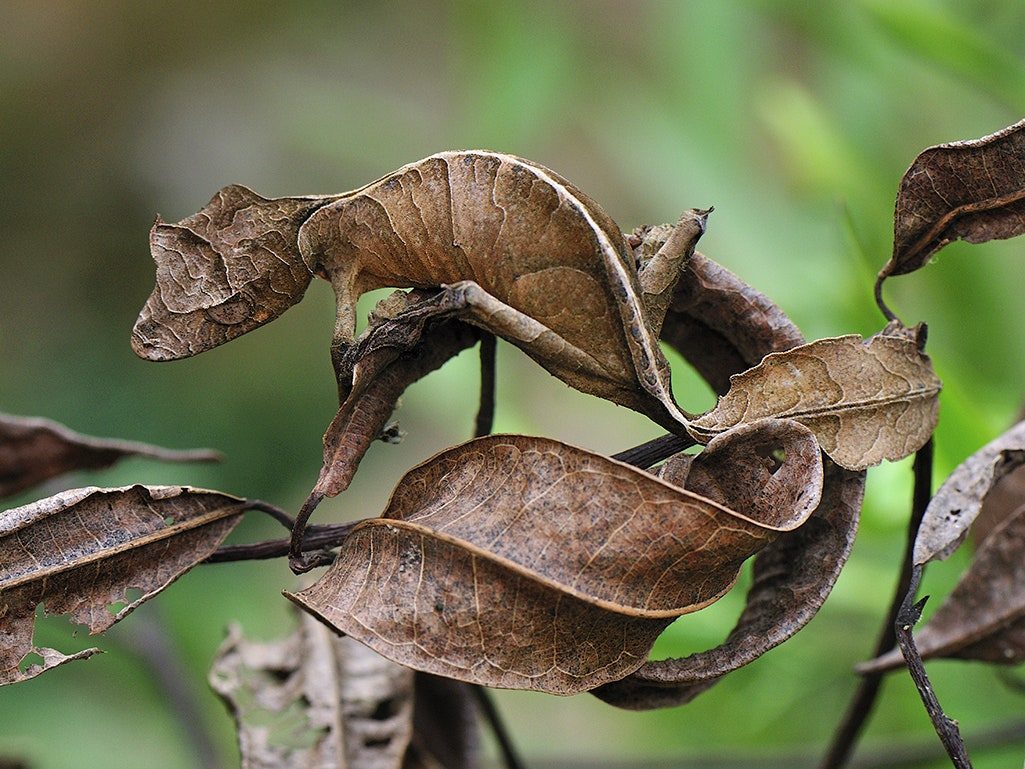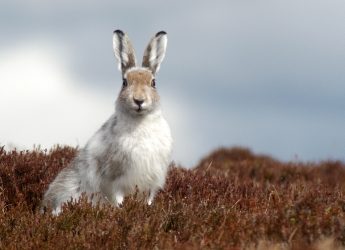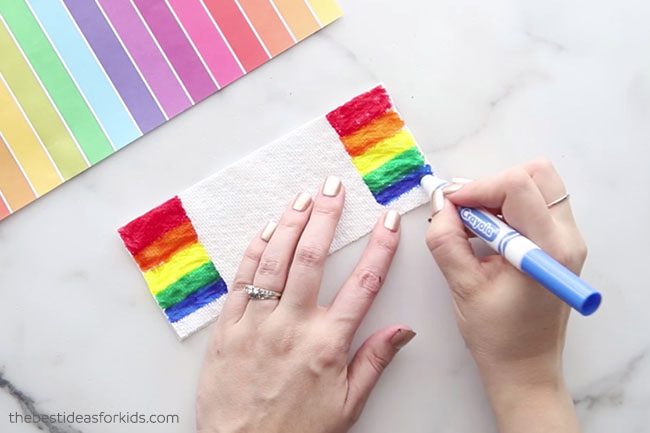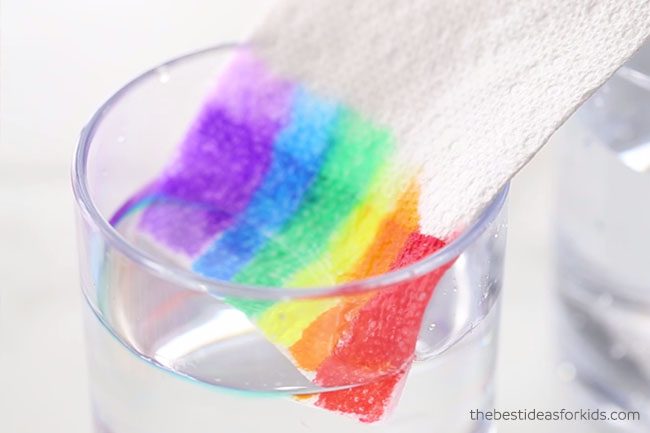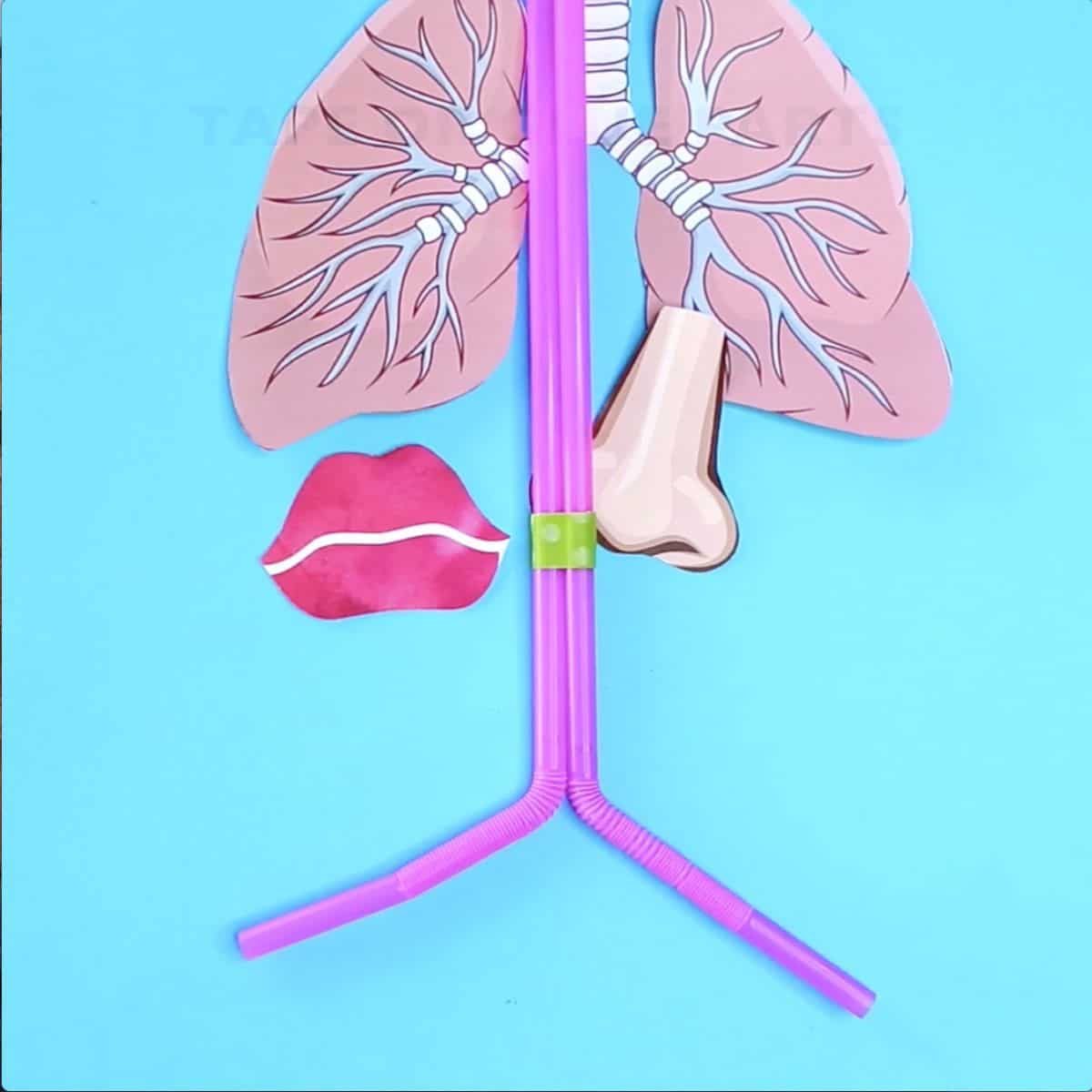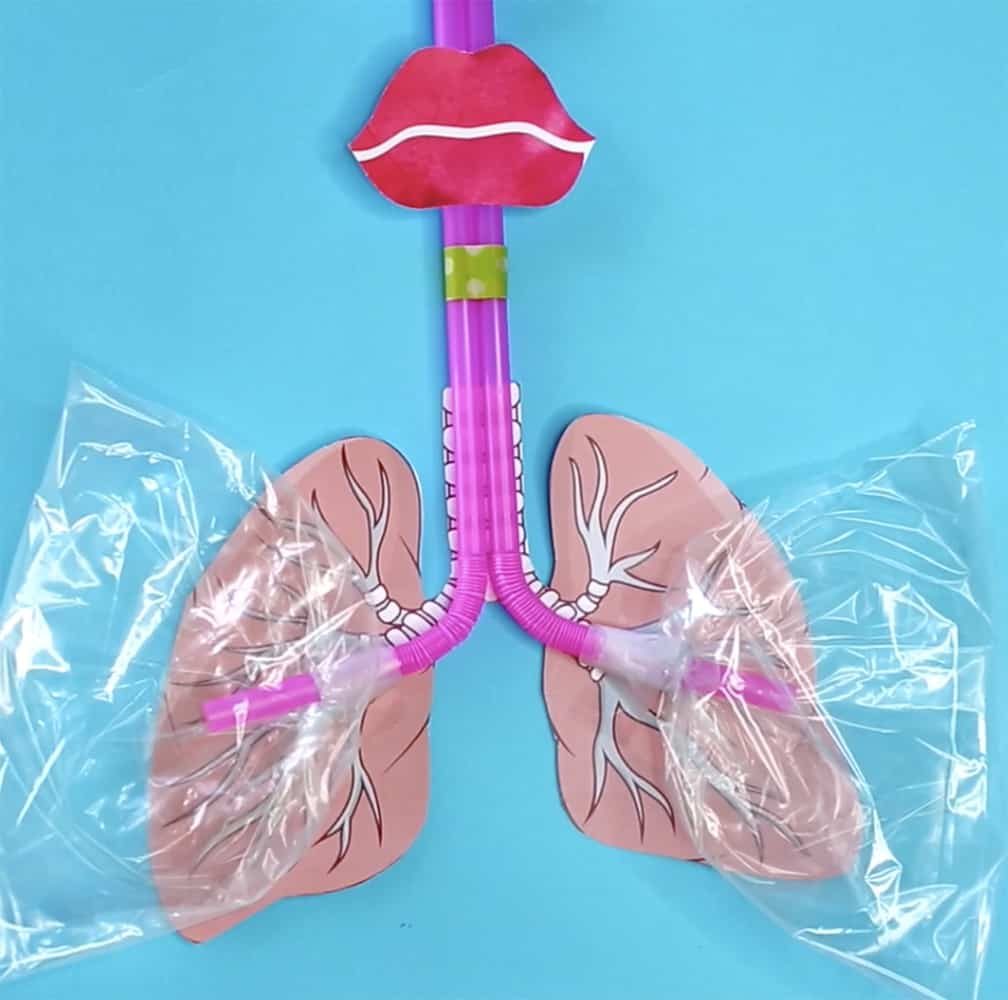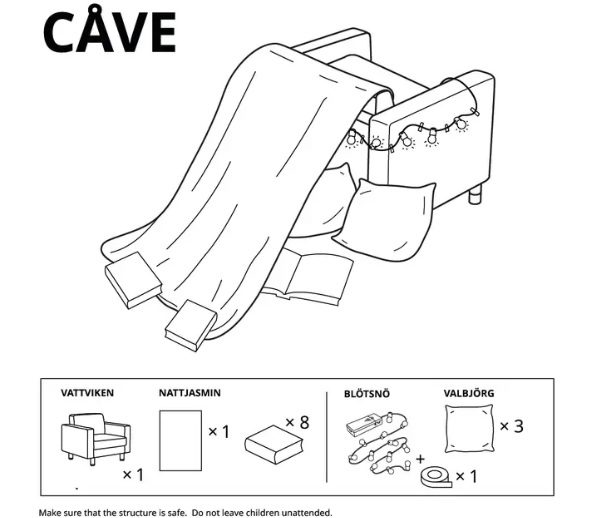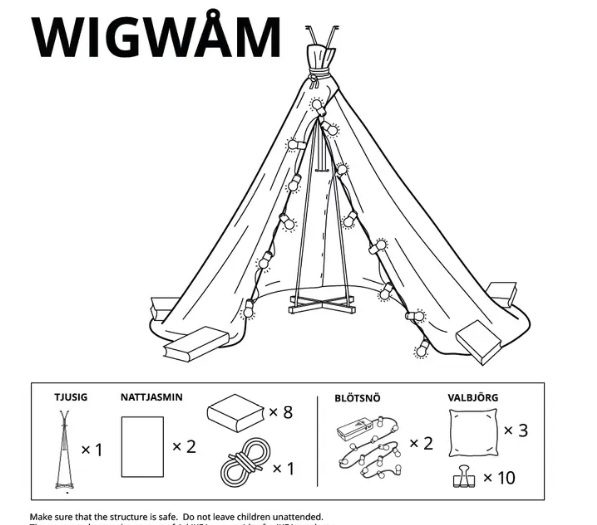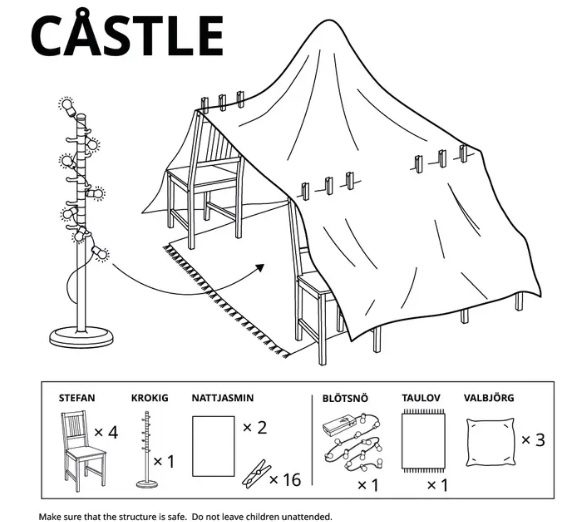Hello Methlick Primary
Our challenge for today is related to this picture and the title of the activity, can you guess what it might be?

.
.
.
Good try! We might be spending more time on phones or computers these days so let’s find a fun way to communicate. We will be making a paper cup phone that you can use with anyone at home 🙂 Do you think this will be even possible? If you have tried before and already know the answer, make sure you don’t give it away! Let’s begin.
P.S: This is one of my favourite experiments when I was young, I did it with my brother and we couldn’t stop laughing, we had lots of fun. Hope you do too!
With this activity you will be developing your Scientific skills, such as critical thinking, planning, problem-solving, persevering, following steps.
Questions:
- What do you think is going to happen?
- How do you think our voices travel from one cup to the other?
- Do you think you will hear better if the string is tight or lose? Why?
- Do you think using different strings will make a difference in how you hear things?
Materials

-Two paper or plastic cups (even yogurt ones will do)
-Pencil/ colouring markers
-String (Make sure it is at least 2 mts)
-You and someone else
Steps
- Very careful with the pencil poke the bottom of the cup to make a small hole. If you need help from a grown up, ask for help.
- Pass the string through and make a small knot at each end.

3. If your cups are white like in the photo you can use the markers to decorate them. If you have a yogurt one or something with a design already you can always find a way to cover that and decorate it.

Your cup telephone is now ready! Well done!
Now, choose somebody at home to try this with. Make sure you are distant enough so you can’t hear the voices clearly.
Questions
- Did it happen what you thought it would happen? Explain.
- Go back to questions 2-4 and think again.
Did you know?
Old landline phones were created using the same principle as a string telephone. The sound waves are turned into an electrical signal that can travel much farther than a simple string.

Science Behind
Sounds are a vibration in the air, we can’t see it but we can hear it. What happened in this experiment is that your voice vibrated inside the cup allowing that vibration to travel through the string into the other person’s cup. If the string is not tight enough the vibration will go all around making it difficult to get properly to the other side, so you might not hear well.
Let me know how you did by commenting below, if you want to share a photo with me you can always email me: amanda.maturana@aberdeenshire.gov.uk

